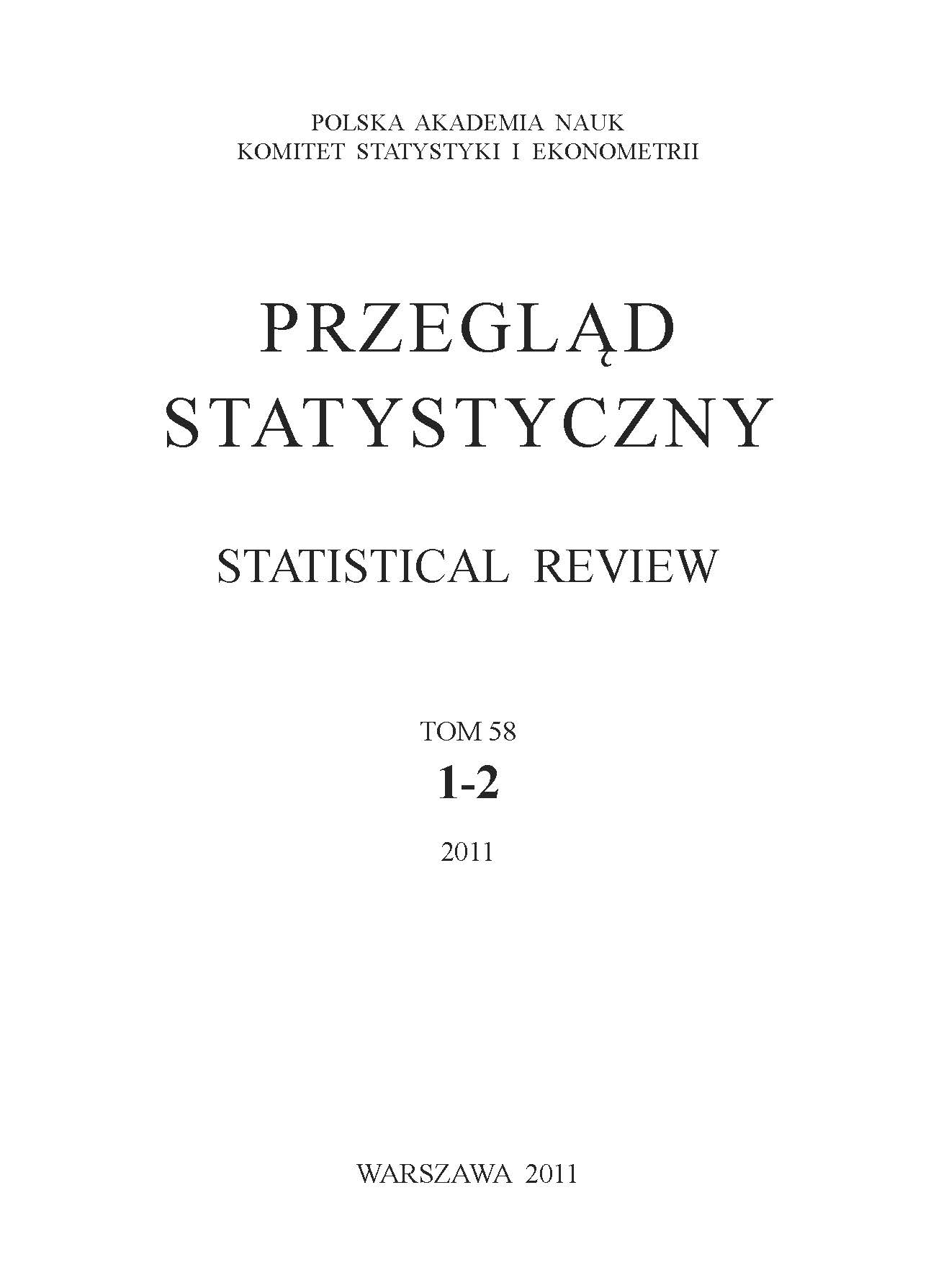Application of measures of entropy, information content and dissimilarity of structures to business tendency survey data
Application of measures of entropy, information content and dissimilarity of structures to business tendency survey data
Author(s): Emilia TomczykSubject(s): Economy, Business Economy / Management
Published by: Główny Urząd Statystyczny
Keywords: tendency surveys; expectations; entropy; dissimilarity of structures
Summary/Abstract: This paper evaluates similarities between a priori information supplied by business tendency surveys (that is, expectations), and a posteriori information (that is, realizations). A priori structure is defined by fractions of respondents expressing expectations, and a posteriori structure – by fractions of respondents declaring observed changes in economic variables (realizations). On the basis of empirical analysis of the business tendency survey data on production, prices, employment and general business conditions, the following conclusions have been reached. Production time series exhibits the highest entropy, and prices data – the lowest. Since value of entropy allows to evaluate degree of concentration, in case of prices fractions of survey answers seems to be particularly centered on one of the three options provided in the questionnaire (that is, increase – no change – decrease). Entropy of general business conditions exhibits the highest variability which may be interpreted as volatile changes in information content of surveys from one month to another; in contrast, entropy of production is the least variable. It is also found that public enterprises exhibit lower entropy (as measured by average) and higher variability (as measured by standard deviation) than private enterprises.
Journal: Przegląd Statystyczny. Statistical Review
- Issue Year: 58/2011
- Issue No: 1-2
- Page Range: 88-101
- Page Count: 14
- Language: English

